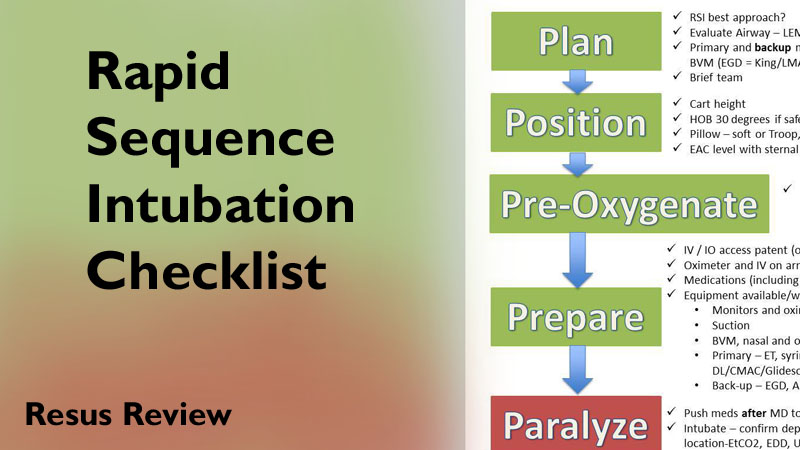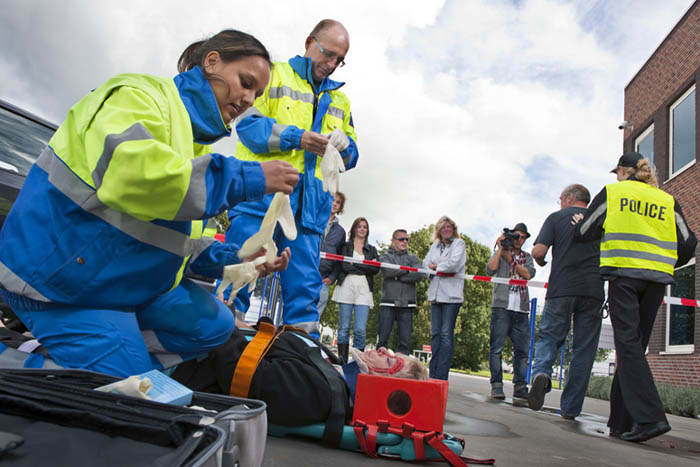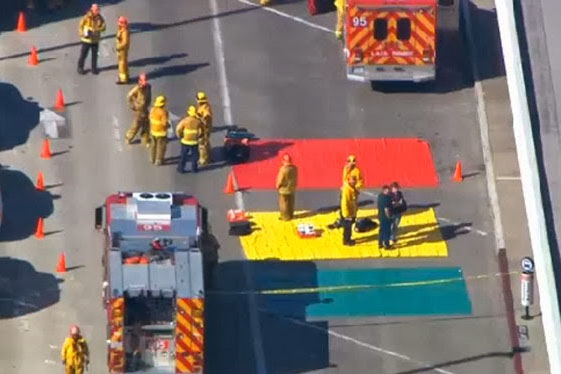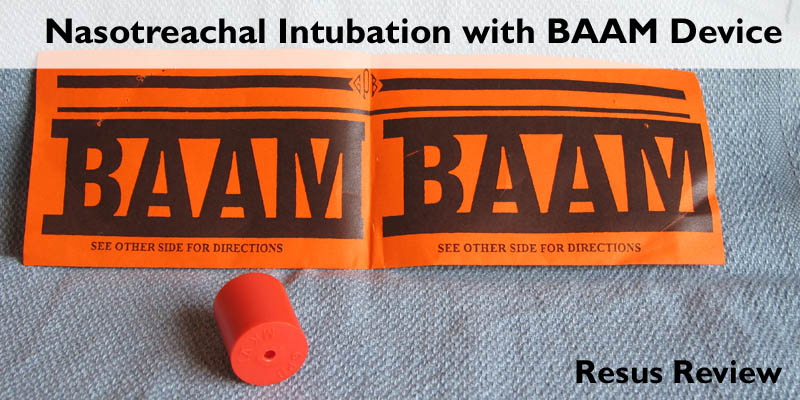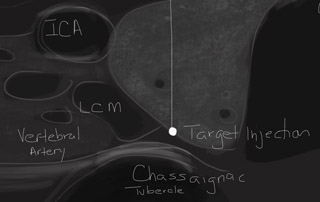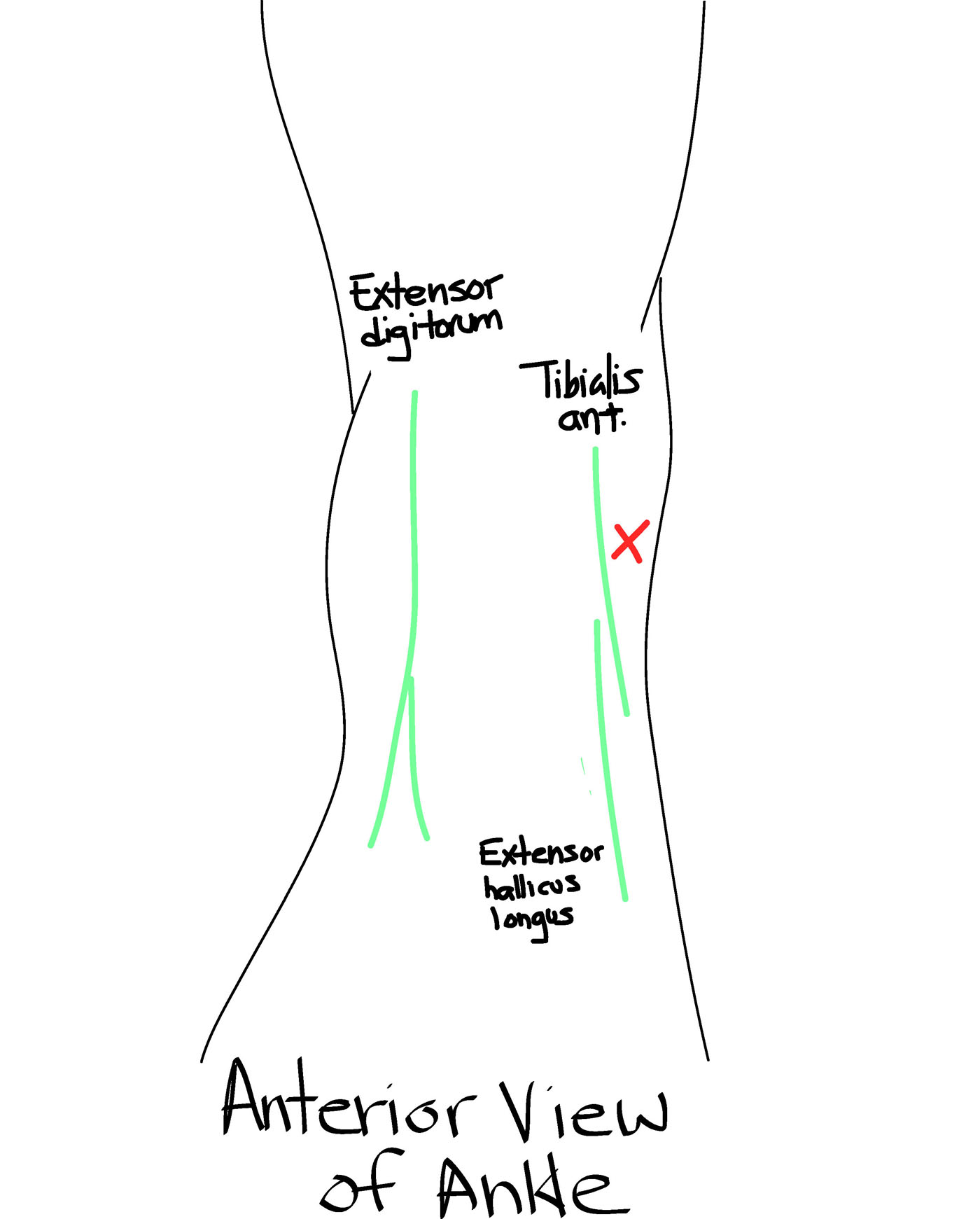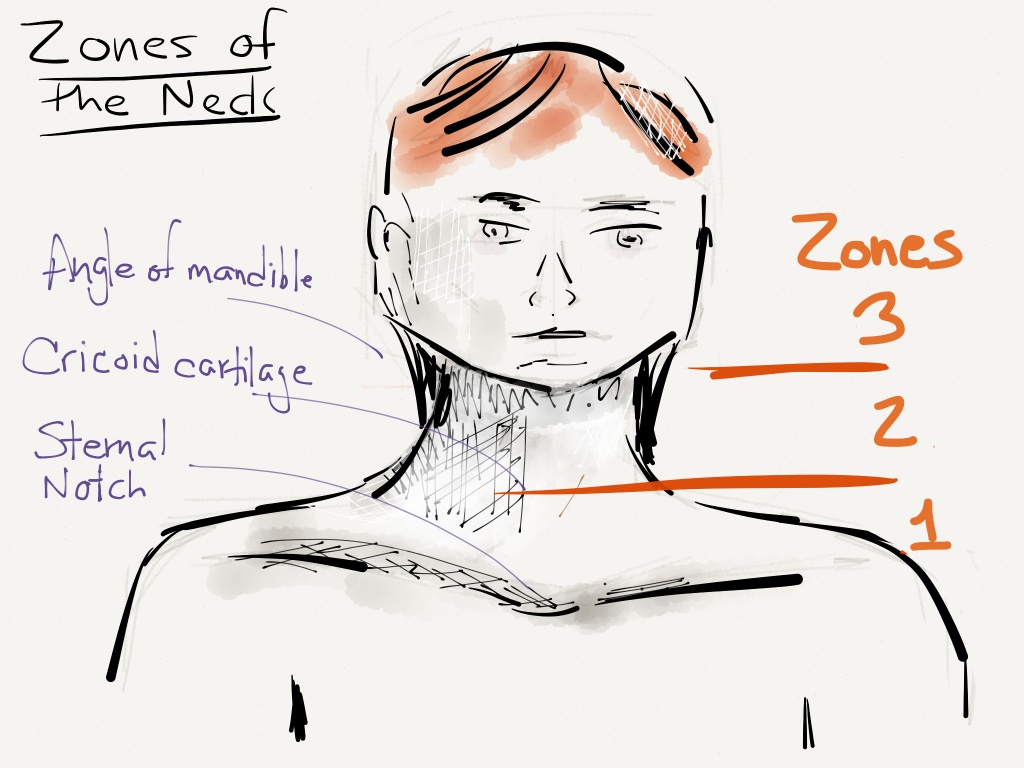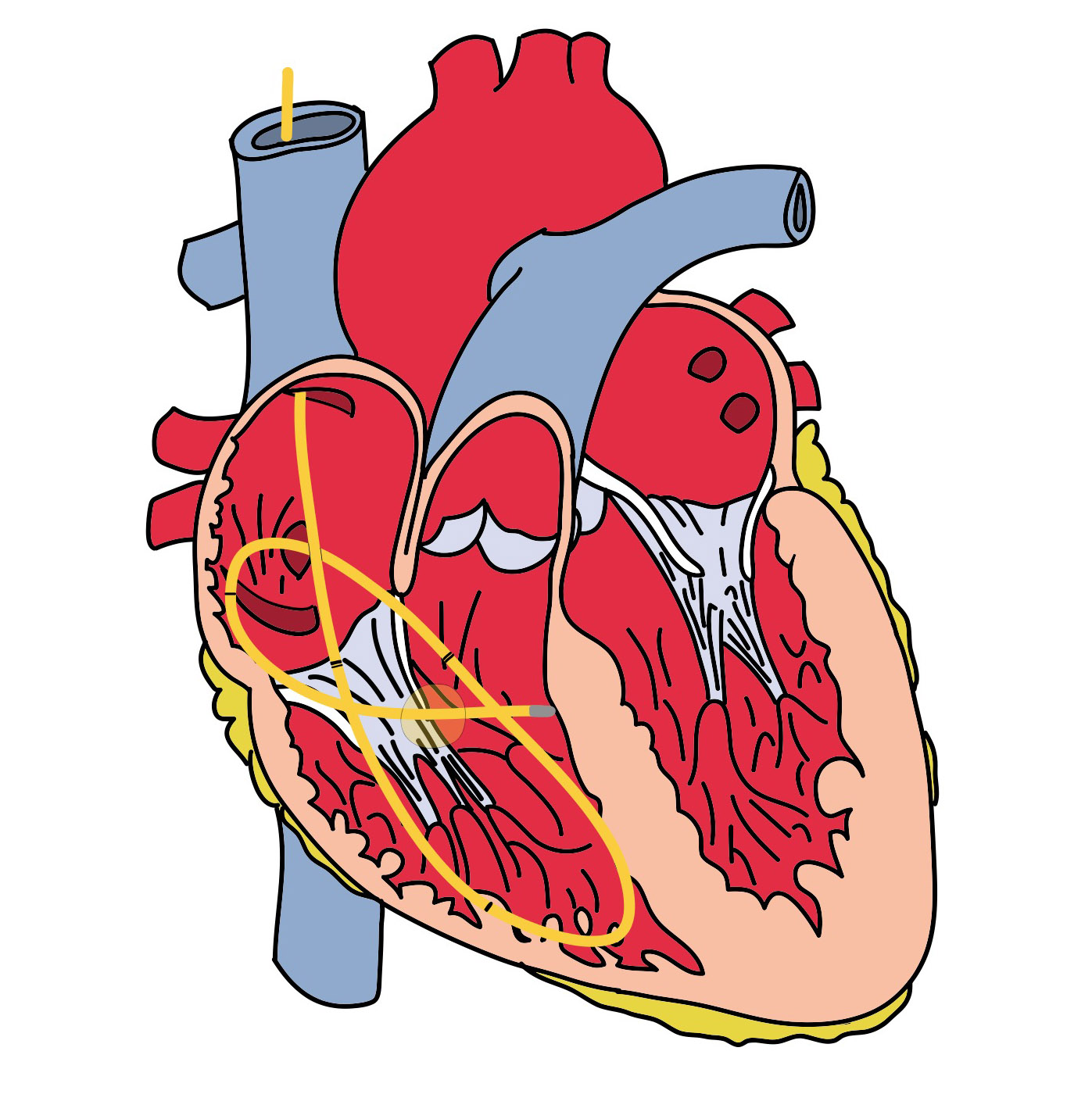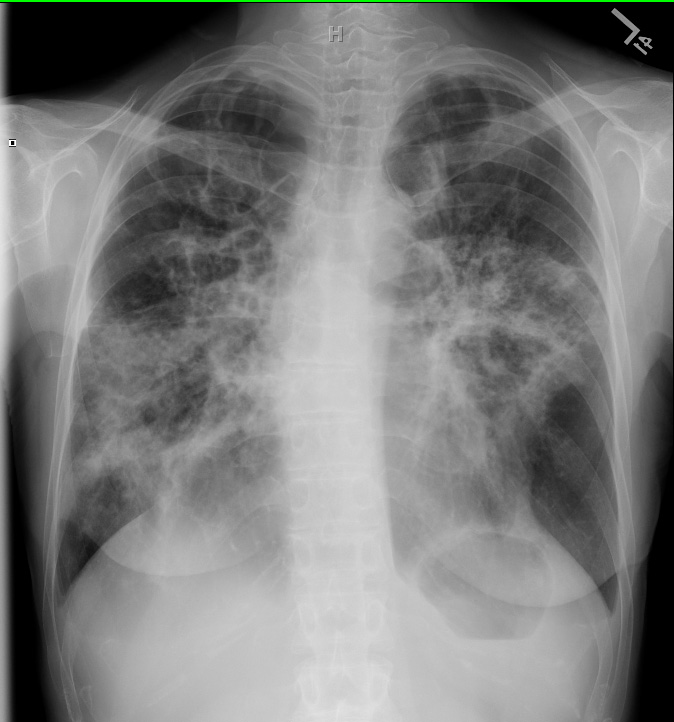HCMC has created a rapid sequence intubation (RSI) checklist, and printed it in large poster format. It is hung above our airway cart in the stabilization bay. This is organized around the 'P's. There are more detailed considerations under each heading to the right as well. This checklist is designed to be a quick visual reference during RSI to remind you to plan, position, pre-oxygenate (and provide apneic oxygenation with nasal cannula), and be deliberate with your preparation and decision-making. Most importantly, it includes post-intubation steps, that can often be overlooked as the team moves on to other resuscitation steps after securing the airway.
You are sitting watching re-runs of ‘Jeopardy’ and having a beer when breaking news shows a building collapse that has occurred several blocks from your home. Though you think you know the answer to the puzzle, you are torn between solving it before the contestant does and rushing to the scene. What should you do?
I practice at Hennepin County Medical Center, a large inner city academic Level 1 Trauma Center. Like all such facilities we have been under a tremendous pressure to reduce costs, and pharmaceutical costs have been a large target. To make us physicians more aware of our prescribing patterns, the Pharmacy has provided us two fascinating lists. The first list is the top 30 drugs ordered in the emergency department during 2012. It is not very surprising that 6 of the top 10 medications are pain
As droperidol goes back on shortage, I wanted to give a brief review of primary headache treatments. Most therapies for primary headaches have a ~60% rate of pain relief, and there is no predictable overlap between drug classes, so if one class doesn’t work, try another class of medications.
There is a historic collapse at the sports complex three blocks from your facility (structural, this time, not the on the field). Hundreds of people are rushing to your hospital for care. What can you say generally about the first arriving victims and what can you do about them? Usually most of the initial victims will be the least injured – they were more mobile and able to get out of the building Keep walking patients out of the ED until you know that you have room and resources to treat th
My preferred method is the anterior-medial approach. Place the patient in the supine position with knee flexed, and foot plantar flexed and resting flat on the bed. An high-frequency linear probe is most useful for identifying the detailed structures. Using a combination of palpation and ultrasound, identify the anatomical landmarks including the Extensor digitorum, tibialis anterior, Extensor hallicus longus, and the doralis pedis artery (which is deep and lateral to to the extensor hallicus
Zones of the Neck Defined by mandible, cricoid cartilage, and sternal notch. Most injuries sustained in Zone II, especially carotid injuries Zone I mortality high due to intrathoracic injuries. Posterior triangle with few vital structures. Important exception is subclavian at risk just above clavicle.
Cardiac pacemakers and their malfunctions are often daunting for the emergency physician to diagnose and manage. This is the first part of a series covering this area. Part 1. Pitfalls and pearls of temporary transvenous pacing. Part 2. Procedural instructions for placing a transvenous pacemaker and the use of the temporary pacer generator. Part 3. Introduction to permanent pacemakers and ICDs. Part 4. Diagnosing problems permanent pacemakers and ICDs. On to a case for discussion. A nursing p
Tuberculosis is an endemic problem through most of the world. However, when it presents as active pulmonary disease in the United States, especially in nonimmigrrant, it is usually early in the disease process. This patient a native resident, had delayed seeking care for months. The chest radiograph shows massive cavitary lesions, and sputum samples had an overwhelming AFB organism load. The following series of cuts from the CT chest that demonstrates the cavitation predominantly in the upper lo
Globe rupture is more often occult on presentation. The most frequent sites of rupture are not easily visualized, and more superficial injuries may block examination of the posterior segment. Very small sharp foreign bodies can enter the eye through small wounds that are difficult to visualize. Our institution has developed the following protocol for evaluation of clinically non-apparent ruptured globe injuries.
